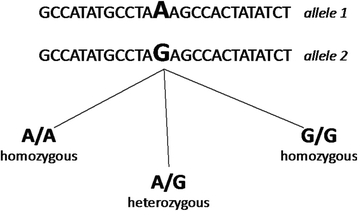Genetics and pathogenesis of idiopathic scoliosis
- PMID: 27933320
- PMCID: PMC5125035
- DOI: 10.1186/s13013-016-0105-8
Genetics and pathogenesis of idiopathic scoliosis
Abstract
Idiopathic scoliosis (IS), the most common spinal deformity, affects otherwise healthy children and adolescents during growth. The aetiology is still unknown, although genetic factors are believed to be important. The present review corroborates the understanding of IS as a complex disease with a polygenic background. Presumably IS can be due to a spectrum of genetic risk variants, ranging from very rare or even private to very common. The most promising candidate genes are highlighted.
Keywords: Genetics; Heredity; Idiopathic scoliosis; Pathogenesis.
Figures


References
-
- Cobb J. Technique for study of scoliosis. W P Blount AAoOS ed AAOS Instructional Course Lectures. Ann Arbor: J. Edwards Inc; 1948. pp. 261–75.
Publication types
LinkOut - more resources
Full Text Sources
Other Literature Sources
Medical
